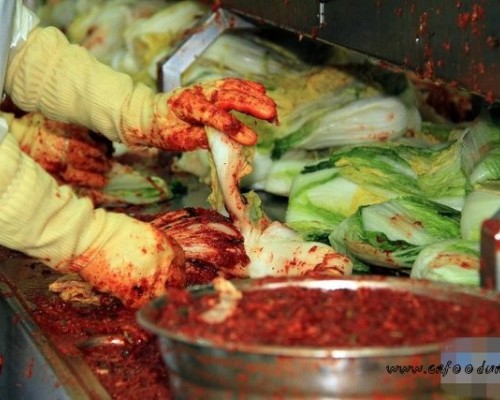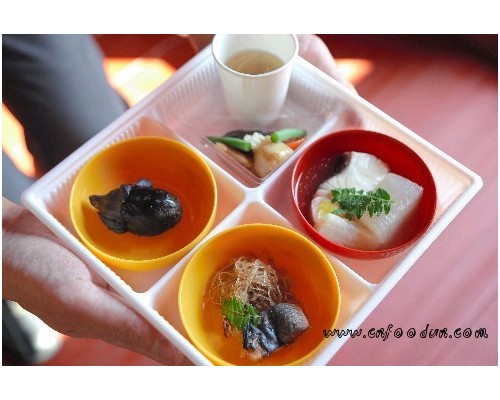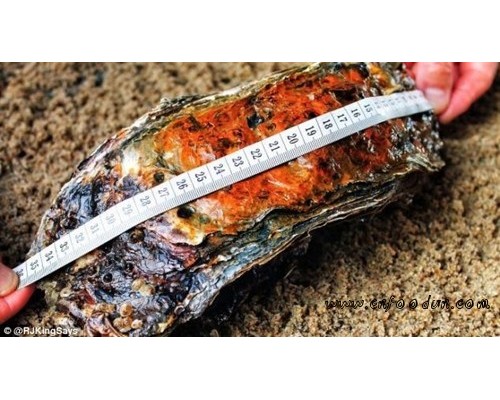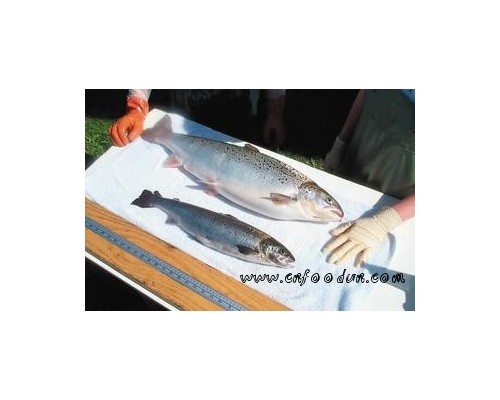原文报道:
Black tea compounds show anti-allergy potential
By Stephen Daniells, 12-Jul-2010
Related topics: Research, Antioxidants, carotenoids, Phytochemicals, plant extracts, Immune system
Theaflavins, compounds found in black tea, may reduce allergic response in people with sensitive skin and related conditions, suggests a new study with mice.
Animals fed extracts from black tea were found to produce fewer inflammatory compounds on exposure to an allergen, while antioxidant levels in the blood were also maintained by the tea compounds, according to findings published in the Journal of the Science of Food and Agriculture.
Interest in tea and its constituents has bloomed in recent years, with the greatest focus on the leaf’s polyphenol content. Green tea contains between 30 and 40 per cent of water-extractable polyphenols, while black tea (green tea that has been oxidized by fermentation) contains between 3 and 10 per cent. Oolong tea is semi-fermented tea and is somewhere between green and black tea. The four primary polyphenols found in fresh tealeaves are epigallocatechin gallate (EGCG), epigallocatechin (EGC), epicatechin gallate (ECG), and epicatechin (EC).
Allergy classifications
Most of the studies have focussed on green tea and its constituents, most notably EGCG. The new study looked at theaflavins from black tea in a mouse model of type IV allergy. Unlike many other types of allergy, the type (type IV) tested in this new study directly involves the immune system’s T-cells and not the participation of antibodies. According to background information in the article, type IV allergy is known as delayed type hypersensitivity, with appearance of the allergic response occurring 12 to 24 hours after exposure. Contact dermatitis is an example of type IV allergy.
Exposure to the allergen is said to trigger the release of pro-inflammatory cytokines by type 1 T helper (Th1) cells. Such increases were prevented when sensitised male mice were fed various theaflavins from black tea, according to the new findings.
Study details
Researchers from Japan’s Numazu National College of Technology and Nagoya Women’s University examined the effects of two black tea theaflavins – theaflavin-3-gallate and theaflavin-3,3-digallate (TFDG) – on type IV allergy in male mice.
When the theaflavins were injected into the skin of the ear, the researchers noted “significant preventive effects against mouse type IV allergy”.
Furthermore, when administration orally at a level of 50mg per kg of body weight, similar preventive effects were observed, said the researchers. Control mice not fed the black tea compounds experienced with increases of proinflammatory cytokines like interleukin-12 (IL-12), tumour necrosis factor-alpha (TNF-alpha), and interferon-gamma (IFN-gamma). When mice were fed the theaflavins, however, the increases were not observed, added the researchers.
“The anti-allergic mechanisms of action of theaflavins involve inhibition of the fluctuations of cytokines and maintenance of antioxidant status in allergic mice,” wrote the researchers.
The black tea theaflavins were supplied by Unilever Japan.







